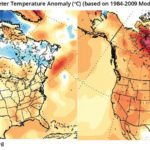
Bezte: What the weather forecasters predict for this spring
As usual, you wouldn’t want to bet the farm on these predictions but it’s always fun to see who comes closest

There are extreme rains, and then the deluge caused by Harvey
Some parts of Texas received more rain in 24 hours than Prairie centres have seen in their wettest-ever month
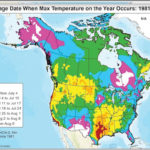
The physics of lightning and why ‘if it roars, go indoors’ is good advice
Tornadoes, wind, and hail grab the headlines but it’s lightning that typically poses the biggest danger

Diving a little deeper into summer weather and tornadoes
Tornadoes are nearly impossible to study but we do know a lot about the mechanics of how they form

Tornado season is upon us — here’s what to watch for
The area between the storm and cloud, clouds with bags hanging from them, and the wind are keys in spotting the danger
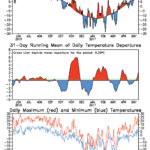
Cooking up thunderstorms with Mother Nature
Severe thunderstorms are a fascinating phenomena and you need the right conditions to come together
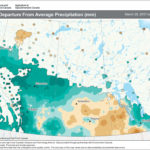
April didn’t bring much joy — and Alberta had the worst of it
Statistically, it wasn’t absolutely miserable but a dry stretch and a return to average temperatures would be most welcome this spring

Weather school is back in session — here are the basics of thunderstorms
How does solar energy result in thunderstorms? The answer lies with conduction, convection, and latent heat
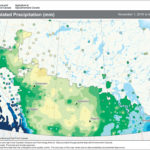
Springtime can be the ‘right time’ for really big snowstorms
When a buildup of warm, moist air from the south collides with cold arctic air, your snowblower can get a real workout
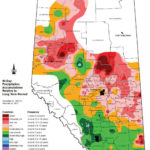
Warm weather wins out in this crazy up-and-down winter
The recipe was simple but unusual: Send in warm weather, then a big blast of cold, and repeat all winter long


